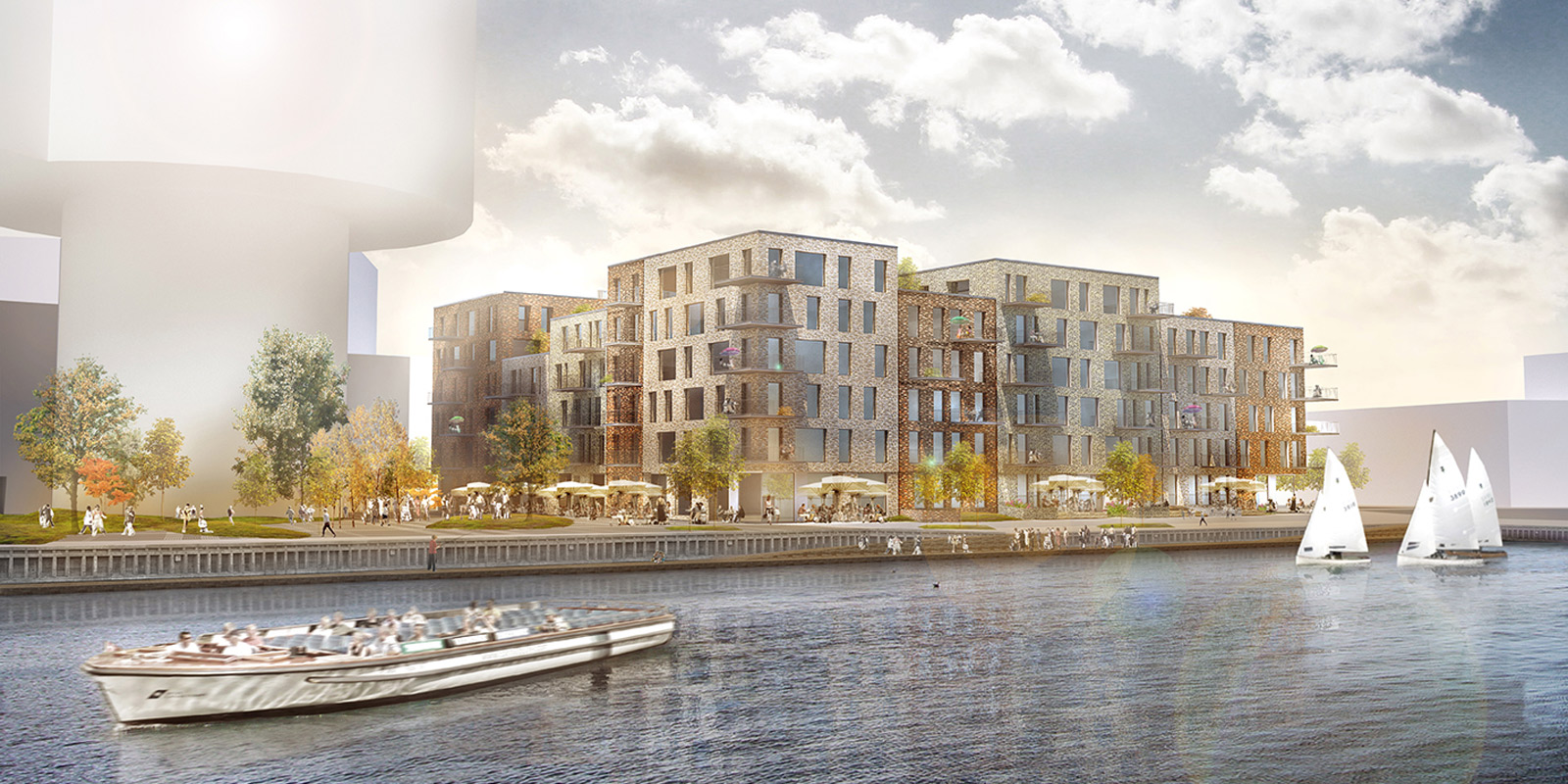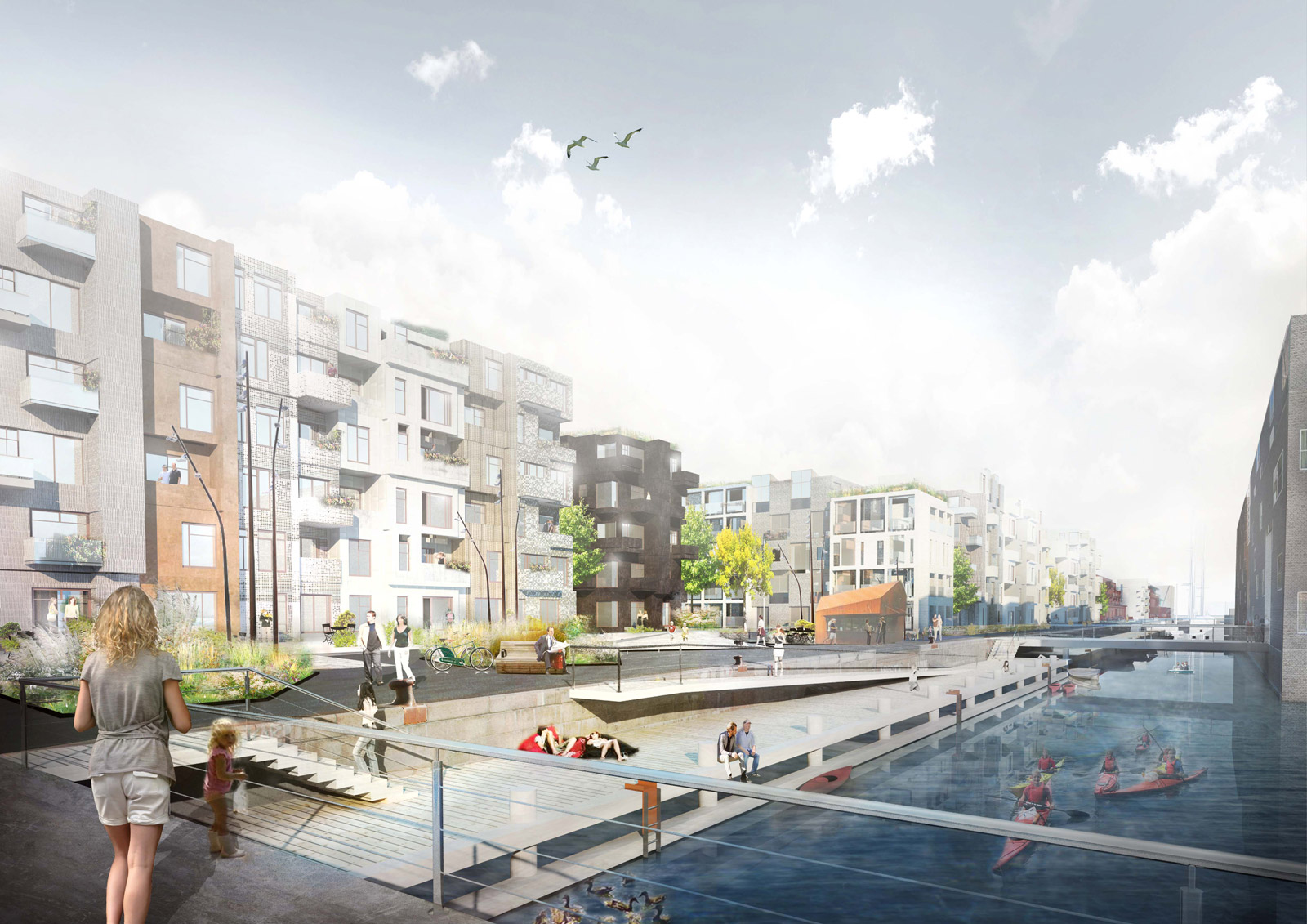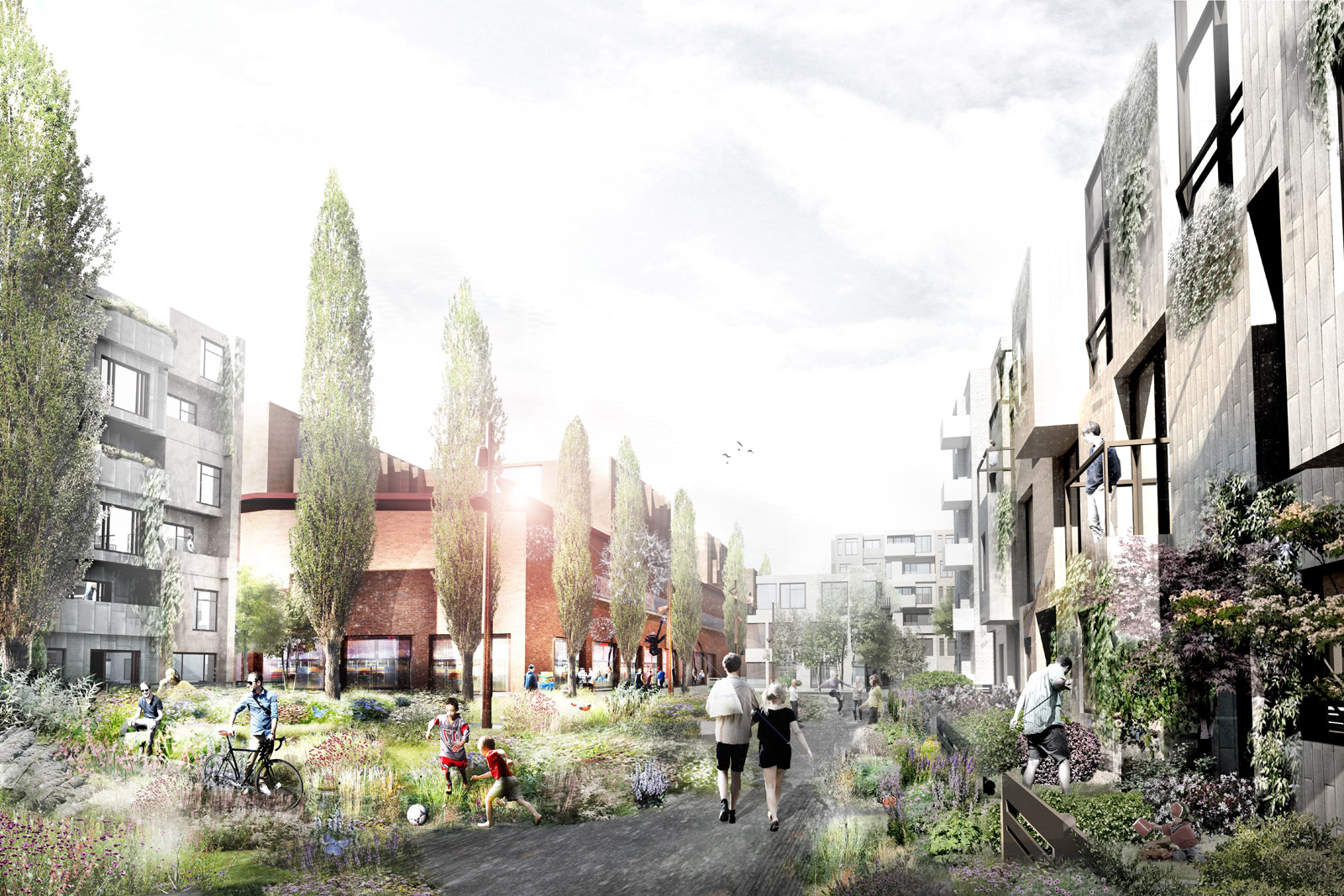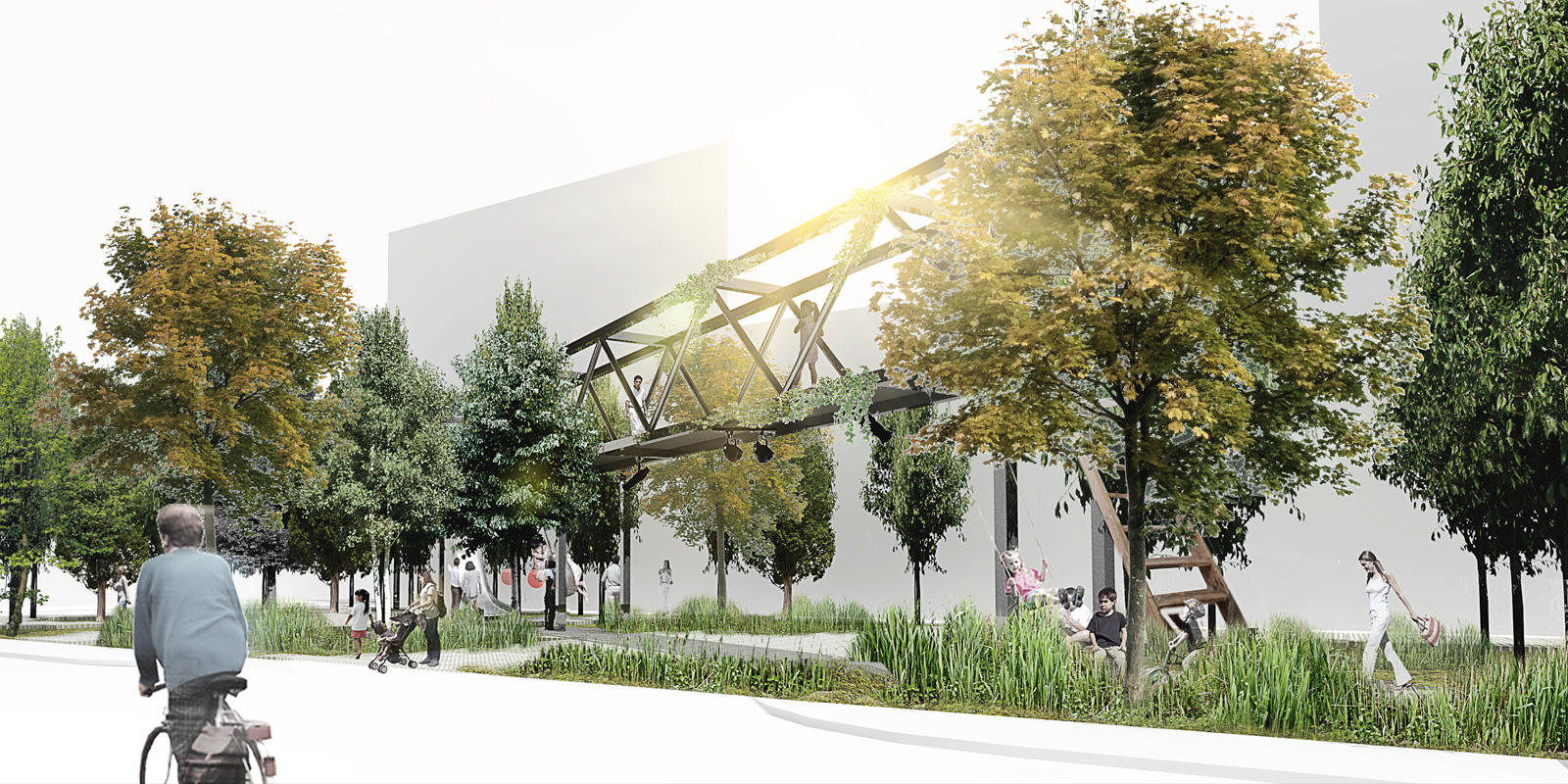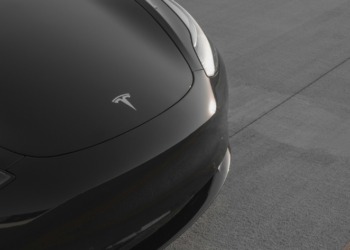Often said to be the happiest city in the world, Denmark’s capital, Copenhagen, truly is a green city. Named the European Green Capital of 2014, Copenhagen plans to be the first carbon neutral capital by 2025. In just two decades, the city has transformed into an eco-metropolis – organic food consumption is the norm and cycling is the status quo, with an average of 1.4 million kilometres cycled every weekday. Even the once-murky harbour is now so clean that the city allows bathing in designated areas along the harbourside. Copenhagen’s latest push towards sustainability is the conception of Nordhavn, Scandinavia’s most ambitious urban development project yet.
The development of Nordhavn is carried out by the Copenhagen Malmö Port, a subsidiary of city development company, By & Havn, which was founded in 2007 with the aim to develop areas of Ørestad and Copenhagen Havn. It is the only new urban development to receive a gold certification in the DGNB system, the benchmark of sustainability. The DGNB certification system examines all of the crucial aspects of sustainable building and is the only system that recognises the importance of economic factors in sustainable building alongside the ecological criteria. This allows for manageable, long-term sustainability that is also cost-effective.
In the video: Current construction in Nordhavn captured by drone. Video Credits: Nordhavnen
Until recently, Nordhavn was a harbour for Copenhagen’s cruise ships and port container traffic. However, as Copenhagen grows, the rate of commuting has also significantly increased, putting pressure on the city’s traffic system – growth creates the need for more space, more jobs and greater mobility. Copenhagen plans on solving this problem sustainably, by creating a green haven that will allow Copenhagen to grow inwards instead of outwards. Eco-friendly traffic solutions and the use of solar energy and rainwater are just a few things that have given these vibrant waterfront neighbourhoods its sustainability profile. Nordhavn’s metro system, abundant bicycle paths and clear walkways for pedestrians throughout the neighbourhoods ensures that greener forms of transport are the natural choice as opposed to the impracticality of driving and parking.
A sustainable city should be able to offer all the comfort and all the opportunities for development that any other city can offer. At the same time, it needs to affect the environment to a far lesser degree, which will only be possible if we focus on sustainability from the very beginning.
-Jørgen Hvid, Chief Consultant
 In the photo: Rendering of Lommevandrummet, the future leisure area in Stubkaj. Photo Credits: Nordhavnen
In the photo: Rendering of Lommevandrummet, the future leisure area in Stubkaj. Photo Credits: Nordhavnen
The proximity to water played a considerable role in Nordhavn’s certification. The harbour and numerous canals that will connect the neighbourhoods help to maintain good air quality and residents will always be able to access the water, with quay areas, waterfronts and parts of the coastline open to the public. Recreational opportunities are also created close to the water, further improving Nordhavn’s sustainability. Lommevandrummet, for example, surrounds an expanse of water on four sides, creating an urban sports and leisure area unique to Copenhagen. Flexible areas are established for activities such as preparing boats and cleaning kayaks for rowing, as well as a play area, all surrounded by trees which will help create areas for bicycle parking. The future metro line and central bicycle path also ensure that it is convenient for residents to enjoy the water.
In the photo: Rendering of the residential and business area of Sundmolen, in Inner Nordhavn. Photo Credits: Byoghavn
The new city district of Sundmolen will be a mixed urban area of 800 apartments and terraced houses in a structure of open blocks, with newly renovated showrooms created from existing warehouses. Both business and residential buildings in Nordhavn are required to be certified to at least bronze level, meeting a higher standard than current Danish building requirements. This means buildings in districts like Sundmolen will have better insulation, lowering cooling and heating costs as well as a collection system for rainwater for flushing and to water plants. The new showrooms and residential areas will surround common courtyards, known as the Gardens. Protected from the wind, these courtyards stretch all the way across Sundmolen, forming shared green areas for residents and employees to gather and unwind in the open air. On the waterfront, low plateaus to the water will not only allow recreational activities to be experienced by the waterside but will still permit larger ships to continue to dock at quays for businesses.
 In the photo: Rendering of the Gardens, common courtyards that run through Sundmolen. Photo Credits: Byoghavn
In the photo: Rendering of the Gardens, common courtyards that run through Sundmolen. Photo Credits: Byoghavn
Nordhavn gives the opportunity for 40,000 people in Copenhagen to have nature at their doorstep – right in the centre of the city. It is also an opportunity for creating a neighbourhood which drastically rethinks how ways of living can be combined with sustainable energy, environment, traffic and cityscape solutions.
-Jacob Deichmann, Project Manager
 In the photo: Rendering of Storbyhaven in Jernvej, a lush garden in the green neighbourhood of Århusgade. Photo Credits: Nordhavnen
In the photo: Rendering of Storbyhaven in Jernvej, a lush garden in the green neighbourhood of Århusgade. Photo Credits: Nordhavnen
In order to combat the fast pace of the city, pockets of green spaces like Storbyhaven are created as a calming sanctuary of lush gardens. The area will be planted with bird-friendly shrubs and trees as well as flowers to attract insects, encouraging a healthy ecosystem. Housing and office buildings are placed nearby, so that the space may be used as a retreat for relaxation and play.
Nordhavn not only solves the problem of increased commuting in Copenhagen by creating new local homes and workplaces, it does so sustainably, creating neighbourhoods that increase its residents’ quality of life. The land reclamation project for the expansion of Nordhavn is expected to be completed by 2025 and in the next 50 years, the area will be able to accommodate over 40,000 additional residents. A green haven of the future, Nordhavn is setting the standard for sustainability for cities all over the world, proving that sustainable urban development is not only possible but necessary.


